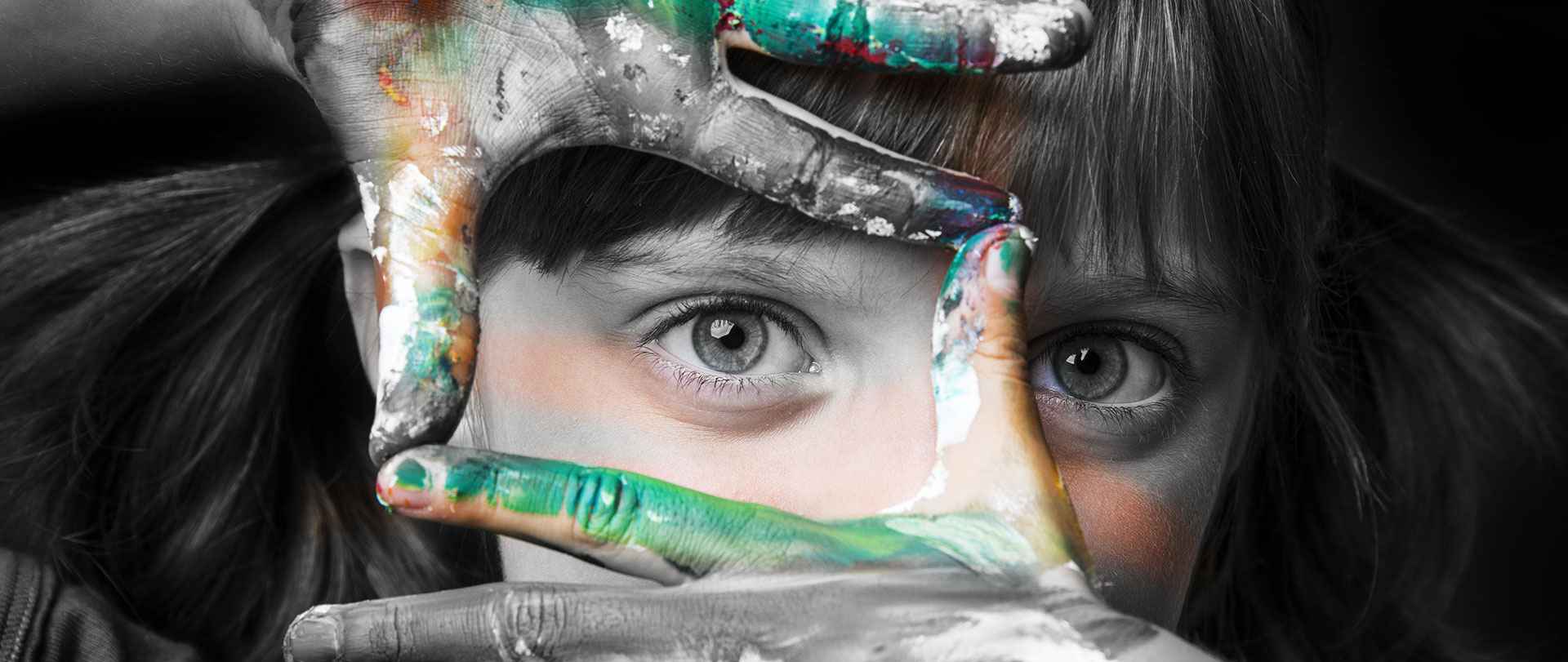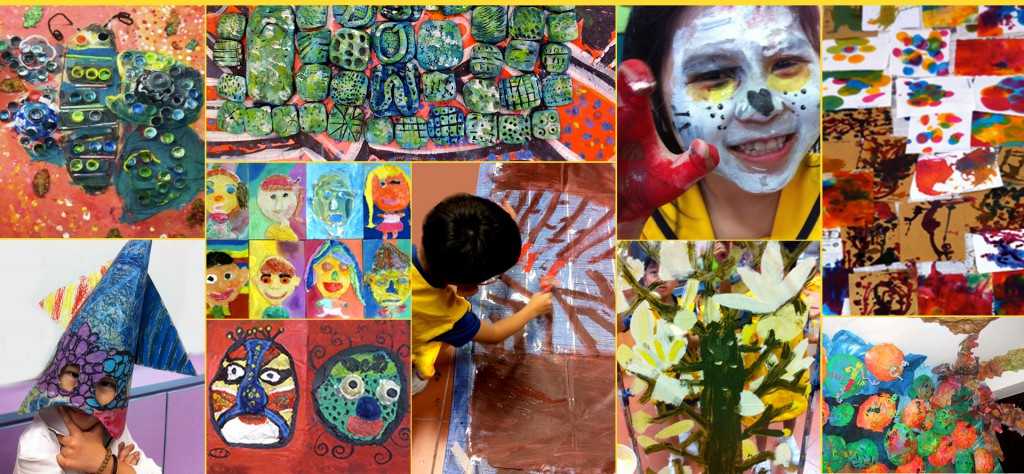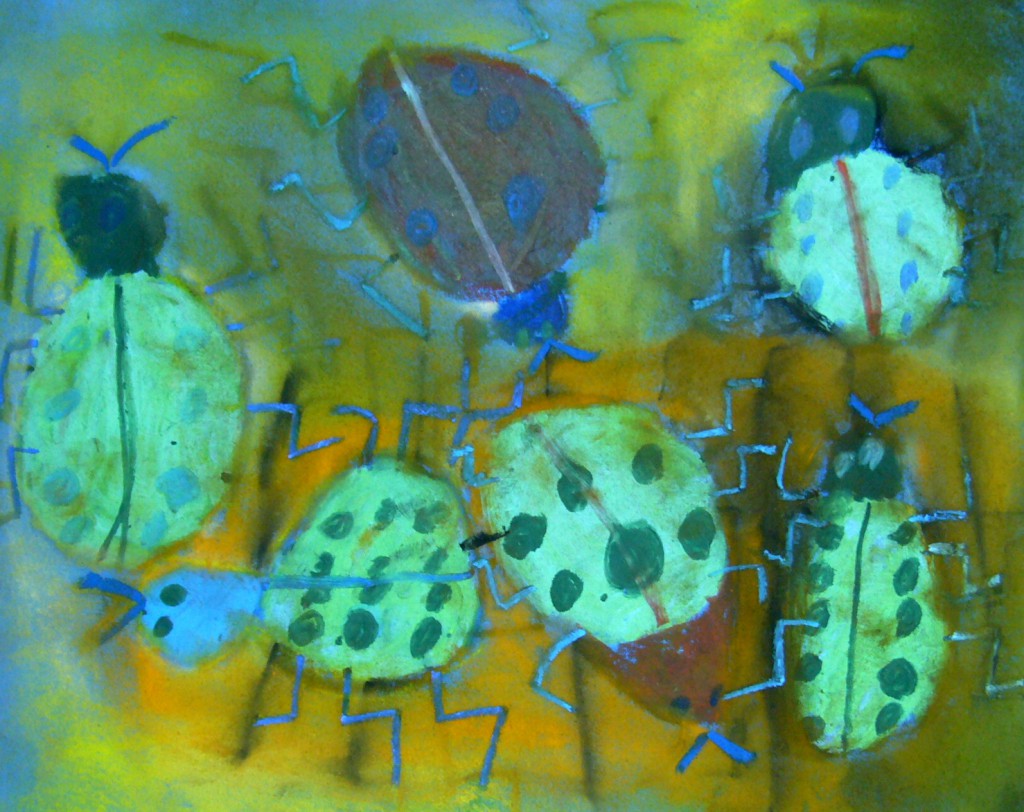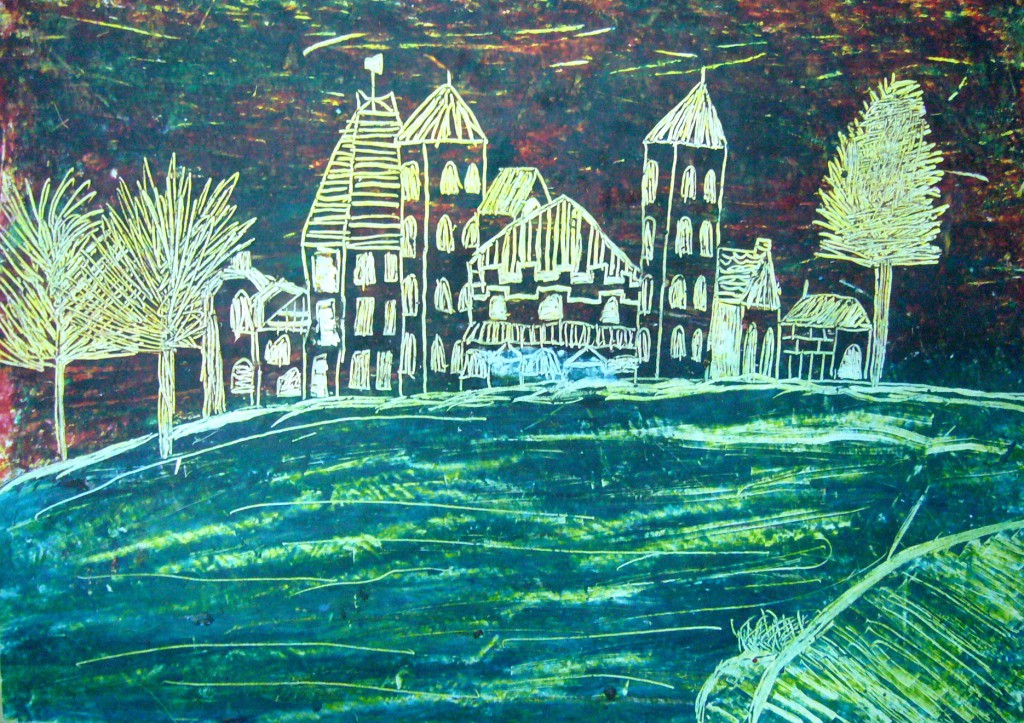My Philosophy
of Art Education
Every child is unique and special – We honour his voices and respect his creative expressions.
ATO Learning focuses on the aesthetic development of children. Our passionate, experienced teachers/facilitators are art practitioners and educators in Visual Arts with an extensive track record in Art education from primary to tertiary level. The company offers various Art and Design educational courses to schools for both students and teachers. ATO Learning also provides enriching art jamming sessions for youths and adults.
We believe that there are hundreds of different images of the child. Each of us has, inside ourselves, an image of a child that allows us to relate to a child. This image influences us to act and behave in a certain way: how we talk, listen and observe the child.
As educators, our image of the child is where the teaching really begins. We believe that children are active and curious learners from birth. They are competent, full of potential and capable of building their own theories. Each child is like a collector: personal experiences and relationships within his environment make up the content of his collection. While constructing his own knowledge and making sense of the world, he uses the ‘hundred languages’ to express himself, ask questions, seek clarifications and share ideas with others.
We possessed the unique methodology of facilitating and training of Art education. Committed and dedicated to excellence, our courses undergo continuous innovation, as we firmly believe in improving the ways in which we teach and groom a child.
The unique characteristic of our course design is its process and it involves analysis and independent thinking. Our teaching methods are rooted in the affirmation and understanding of each child’s unique manner of artistic expression.
We have the unique ability to customize courses to work in line with the school’s scheme of work and requirements. With the strong pool of experienced teachers/facilitators, we are certain that we can partner you in making art learning a valuable and exciting journey for your pupils and to nurture them to be active learners with social and emotional skills.

Principles
- Build a secure, respectful and reciprocal relationship
- Have respect for diversity
- Recognize that play is essential to help optimize children’s development and learning
- Reinforce learning through spiral learning
Learning Outcomes
- Children develop artistic self-expression and appreciation leading them to a successful holistic and academic achievement
- Children equip with success skills, like critical and creative thinking, communication and collaboration skills in a globalised world
- Children develop to be resourceful and open-minded
- Children expose to socio-cultural integration and interaction
Practice
- Holistic approach (Aesthetic and creative expression)
- Cater to the children different learning style (Integrated Learning Approach)
- Learning through purposeful play (Exploration and Experiment)
- Intentional teaching (Authentic learning through quality interaction)
- Safe and inducsive learning environment (Physical space, tools, and software)
Benefits
Of Art
It’s been proven that early exposure to visual art promotes activity in the brain.
- Art helps children understand other subjects much more clearly—from math and science to language arts and geography.
- Art nurtures inventiveness as it engages children in a process that aids in the development of self-esteem, self-discipline, cooperation, and self-motivation.
- Art activities help children to gain the tools necessary for understanding human experience, adapting to and respecting others’ ways of working and thinking, developing creative problem-solving skills, and communicating thoughts and ideas in a variety of ways.
Developmental Benefits of Art
Fine Motor Skills: Many of the motions involved in making art are essential to the growth of fine motor skills. The emphasis on the use of scissors and clay helps to develop the dexterity the children need for writing.
Language Development: Making art provides young children the opportunities to learn words for colors, shapes and actions. They can use descriptive words to discuss their own creations or to talk about what feelings are elicited when they see different styles of artwork.
Problem-Solving and Decision Making Skills: When children explore art ideas and materials, they are testing possibilities and working through challenges. Art allows children to make their own assessments, while also teaching them that a problem may have more than one answer. Instead of following specific rules or directions, the child’s brain becomes engaged in the discovery of “how” and “why.” The experience of making decisions and choices in the course of creating art carries over into other parts of life.
Visual Learning: Drawing, painting and sculpting with clay develop visual-spatial skills, which are more important than ever. Art education teaches children how to interpret, criticize, and use visual information, and how to make choices based on it.
Self-Expression and Creativity: Children express themselves through art and their artwork is the manifestation of that expression, but more often, the physical process of creating is the expression. Art also develops a child’s creativity. Rather than being told what to do, answers and directions come from the child. Art is a process, not a product. It is the process of creating — exploring, discovering, and experimenting — that has the greatest value. Through self-expression and creativity, children’s skills will develop naturally, and their ability to create will soar.
Inventiveness: When children are encouraged to express themselves and take risks in creating art, they develop a sense of innovation that will be important in their adult lives. Art is a way to encourage the process and the experience of thinking and making things better!
Social & Emotional Skills: Art helps children come to terms with themselves and the control they have over their efforts. Through art, they also practice sharing and taking turns, as well as appreciating one another’s efforts. Art fosters positive mental health by allowing a child to show individual uniqueness as well as success and accomplishment, all part of a positive self-concept.
Improved Academic Performance: Studies show that there is a correlation between art and other achievements. A report by Americans for the Arts states that young people who participate regularly in the arts are four times more likely to be recognized for academic achievement than children who do not participate.





 It’s been proven that early exposure to visual art promotes activity in the brain.
It’s been proven that early exposure to visual art promotes activity in the brain.